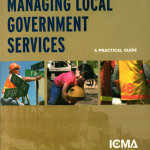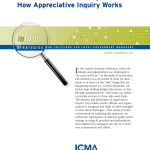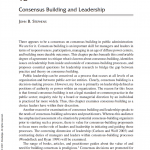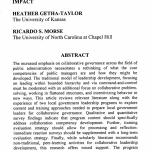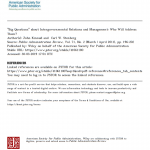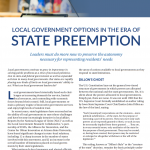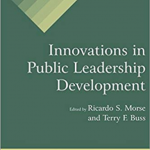
This book is grounded in several premises widely shared by our contributors. First, leaders can, and indeed must, be developed if the public sector is to meet its obligations to citizens and its constituents. It is just not the case or our experience that leaders are born and in short supply. Second, although it has some common attributes, public leadership differs from leadership in other contexts, such as military, sports, or business. Military models of leadership, for example, remain focused on hierarchical structures of authority, whereas public leaders now find themselves leading much more in a collaborative environment. Third, the practice of public leadership is in crisis, or at least in turmoil, necessitating new ways of leading and alternative ways of developing leaders. Public confidence in government is low, traditional ways of doing business are becoming obsolete, scandal appears to be permeating government, management and administration are becoming increasingly political, and the quality of public services seems on the decline. New leaders are desperately needed. And fourth, a wide variety of training and development innovations are underway that can, and are producing public leaders who have been or will be effective in today’s environment. These innovations, many presented here, are grounded in practice rather than theory, have been tested and evaluated for effectiveness, and are beginning to attract a large following in the field. The contributors hope that their work conveys the exciting times in which we find ourselves in the field of public management and the unprecedented opportunities for advancing leadership development.
Cite as:
Morse, Ricardo S., and Terry F. Buss. Innovations in Public Leadership Development, Routledge, 2008. ProQuest Ebook Central, http://ebookcentral.proquest.com/lib/unc/detail.action?docID=1900028.
Created from unc on 2019-04-02 09:16:13.
…
Continued
